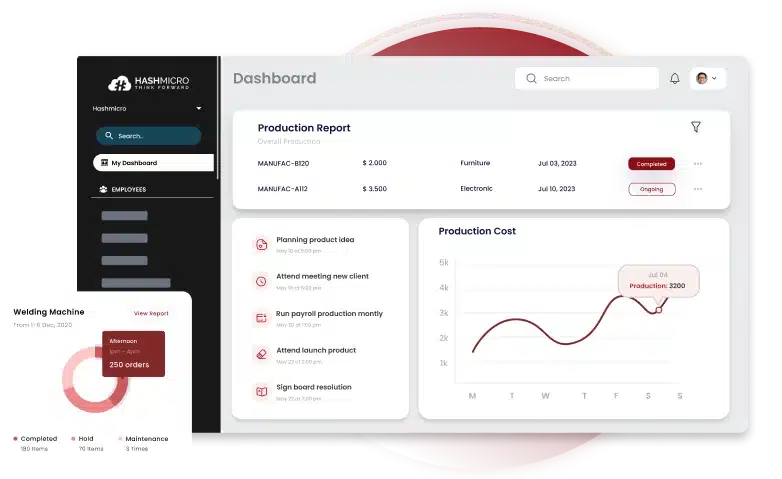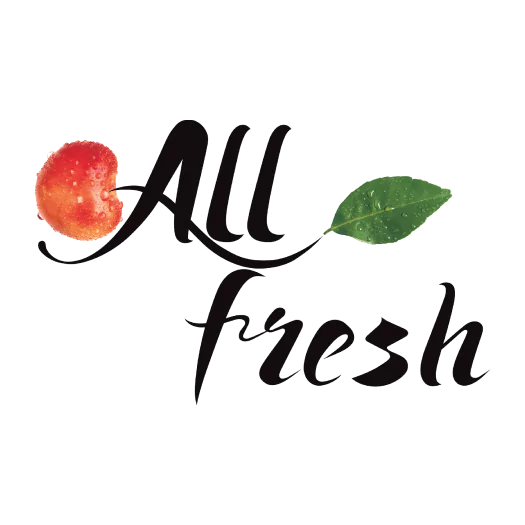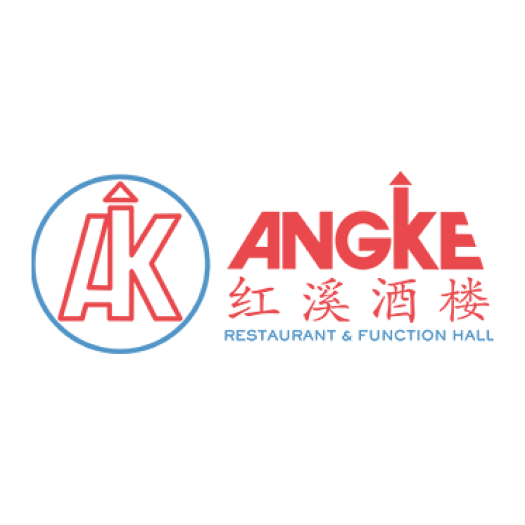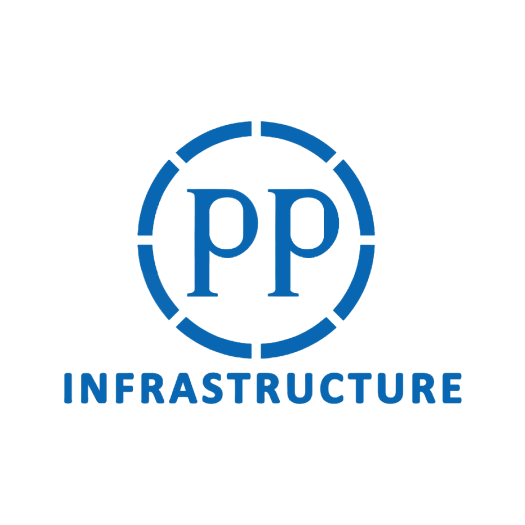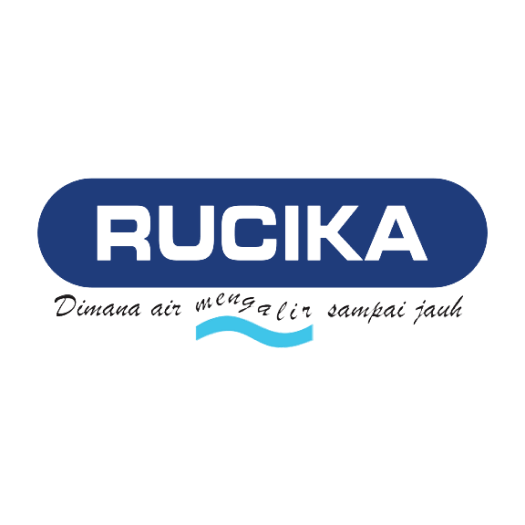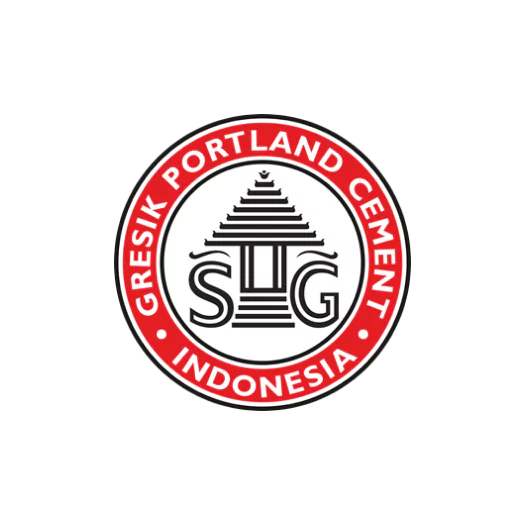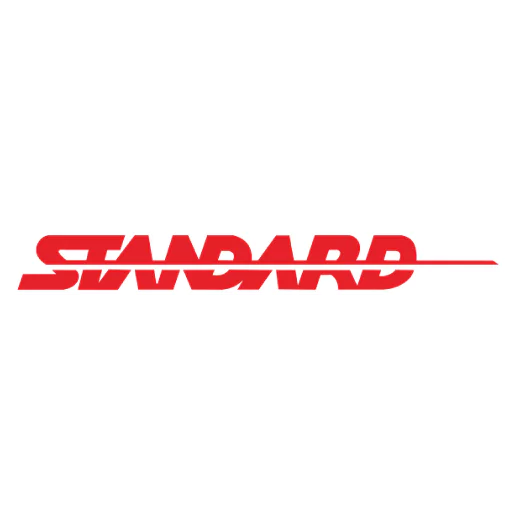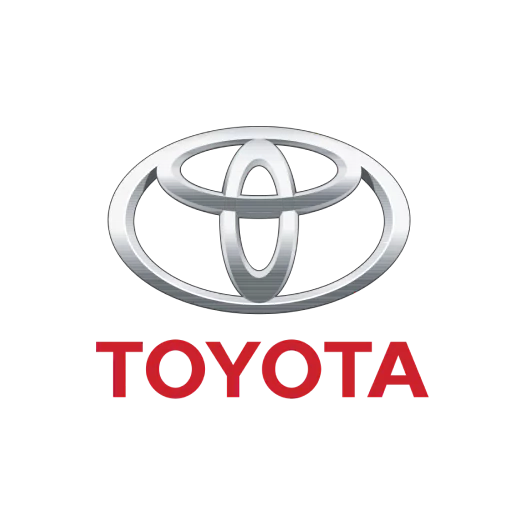In my experience, the palm oil manufacturing process is filled with complexities, from supply chain volatility to strict sustainability demands. These challenges require precise, efficient, and forward-thinking management to overcome.
These issues can impact profitability and market position, making robust solutions essential for the palm oil manufacturing industry. Integrated manufacturing software provides the necessary tools to turn these challenges into growth opportunities.
In this guide, I will walk you through every aspect of the production cycle. Let’s explore how to master this intricate process together.

What is Palm Oil Manufacturing?
Palm oil manufacturing is an industrial process that converts fresh fruit bunches (FFB) into Crude Palm Oil (CPO) and Palm Kernel Oil (PKO). This involves a series of mechanical and thermal stages to extract oil from the fruit’s flesh and kernel.
The primary goal is to maximize oil extraction while ensuring high product quality and operational efficiency. It also aims to meet global market demands and adhere to sustainability standards.
Main Stages in The Palm Oil Manufacturing Process
The manufacturing of palm oil follows a multi-stage journey to transform fresh fruit bunches into refined oil. Each step is carefully designed to maximize yield while maintaining the highest quality standards.
1. Reception and grading of fresh fruit bunches (FFB)
The process begins when Fresh Fruit Bunches (FFB) arrive at the mill for weighing and grading. This initial sorting based on ripeness is critical for determining the final oil quality and mill efficiency.
2. Sterilization
FFB are then heated with high-pressure steam in sterilizers to deactivate enzymes and soften the fruit. This stage prepares the fruit for easier oil extraction in the subsequent steps.
3. Threshing
A threshing machine separates the palm fruits from the bunches by tumbling them in a rotating drum. The empty fruit bunches are discharged for use as boiler fuel or fertilizer.
4. Digestion
Detached fruits are mashed in a heated vessel called a digester to break down their oil-bearing cells. This process creates a homogenous, oily mash to ensure maximum oil extraction.
5. Oil extraction (Pressing)
The fruit mash is fed into a screw press, which uses high pressure to squeeze out the crude oil. This mechanical extraction separates the oil from the solid press cake, consisting of fiber and nuts.
6. Clarification and purification
Crude oil is pumped into a clarification tank where oil separates from water and solids. The oil is then dried and filtered to produce pure Crude Palm Oil (CPO).
7. Kernel recovery process
The press cake’s fiber is used as fuel, while the nuts are cracked to recover the palm kernels. These kernels are then pressed to produce Palm Kernel Oil (PKO) and Palm Kernel Cake (PKC).
8. Refining and fractionation
CPO undergoes refining to remove impurities, producing Refined, Bleached, and Deodorized Palm Oil (RBDPO). This oil is then fractionated into liquid olein and solid stearin for various uses.
Biggest Challenges in The Palm Oil Manufacturing Industry
The palm oil manufacturing industry faces complex operational, financial, and regulatory hurdles. Proactively managing these issues with robust strategies and technology is key to maintaining profitability.
1. Complex supply chain management
Managing a sprawling supply chain is difficult, but integrated systems provide end-to-end visibility. This helps ensure a consistent supply of FFB and maintain product traceability.
2. Operational efficiency and cost control
Controlling costs and boosting efficiency is a constant struggle that can be addressed with real-time data analytics. This allows managers to identify waste and implement timely corrective actions.
3. Quality control and product consistency
Maintaining consistent product quality requires strict monitoring, which automation can facilitate. This ensures CPO and PKO meet buyer specifications for FFA levels and purity.
4. Compliance with sustainability standards
Complying with sustainability standards like RSPO demands significant investment in tracking systems. Technology solutions help manage documentation and auditing to prove compliance.
5. Waste management and environmental impact
Managing waste like Palm Oil Mill Effluent (POME) is an environmental challenge solvable with modern treatment technologies. These systems can also convert waste into valuable resources like biogas.
The Role of Technology in Optimizing Palm Oil Manufacturing
Adopting modern technology is a strategic imperative for addressing challenges in the palm oil industry. Automation and integrated systems transform operations, making them more efficient and transparent.
1. ERP systems for end-to-end process integration
An ERP system integrates all departments, including production, inventory, and finance, onto a single platform. This provides real-time visibility and enables data-driven decision-making.
2. Factory automation to increase efficiency
Factory automation uses sensors and PLCs to precisely control critical parameters like temperature and pressure. This reduces human error and optimizes the oil extraction rate.
3. Asset management for proactive machine maintenance
Asset management systems use sensor data to implement predictive maintenance strategies. This helps forecast potential machine failures and reduce unplanned downtime.
4. Tracking systems for compliance and transparency
Tracking technologies like QR codes or blockchain enable traceability from plantation to mill. This ensures compliance with sustainability certifications and builds consumer trust.
Key KPIs in Palm Oil Manufacturing
Accurately measuring performance is key to understanding the operational and financial health of a palm oil business. Key Performance Indicators (KPIs) provide a clear snapshot of production effectiveness.
1. Oil Extraction Rate (OER)
The Oil Extraction Rate (OER) measures the percentage of CPO extracted from the total FFB weight. This KPI directly reflects the overall efficiency of the mill’s operations.
2. Free Fatty Acid (FFA) Level
The Free Fatty Acid (FFA) level is a primary indicator of CPO quality and oil degradation. Monitoring and keeping FFA levels low is crucial for maximizing the product’s value.
3. Overall Equipment Effectiveness (OEE)
Overall Equipment Effectiveness (OEE) measures machinery productivity by combining availability, performance, and quality. This metric helps identify hidden losses in the production process.
4. Production cost per ton
Production cost per ton is a financial KPI that measures the total cost to produce one ton of CPO. It is essential for cost management and ensuring profitability in a fluctuating market.
Optimize Your Palm Oil Manufacturing with HashMicro’s Solution
HashMicro provides an integrated ERP system designed to automate and streamline palm oil manufacturing processes. With HashMicro Manufacturing Software, you can manage your entire production cycle with greater accuracy and efficiency.
Features of HashMicro Manufacturing Software:
- Manufacturing Production Scheduling: This feature facilitates the creation of production schedules based on demand data and factory capacity.
- Secret Recipe/BoM (Bill of Materials): It manages material compositions structurally to maintain product quality standards in every batch.
- Manufacturing Quality Control: The system provides comprehensive quality control checks at every production stage.
- Machine Maintenance Management: This function automatically schedules machine maintenance to prevent operational downtime.
- Real-Time Production Dashboard: It offers visual displays with real-time data for faster and more accurate decision-making.
Our solutions can concretely help your business enhance operational efficiency and data transparency. To see how, do not hesitate to try the free demo now.
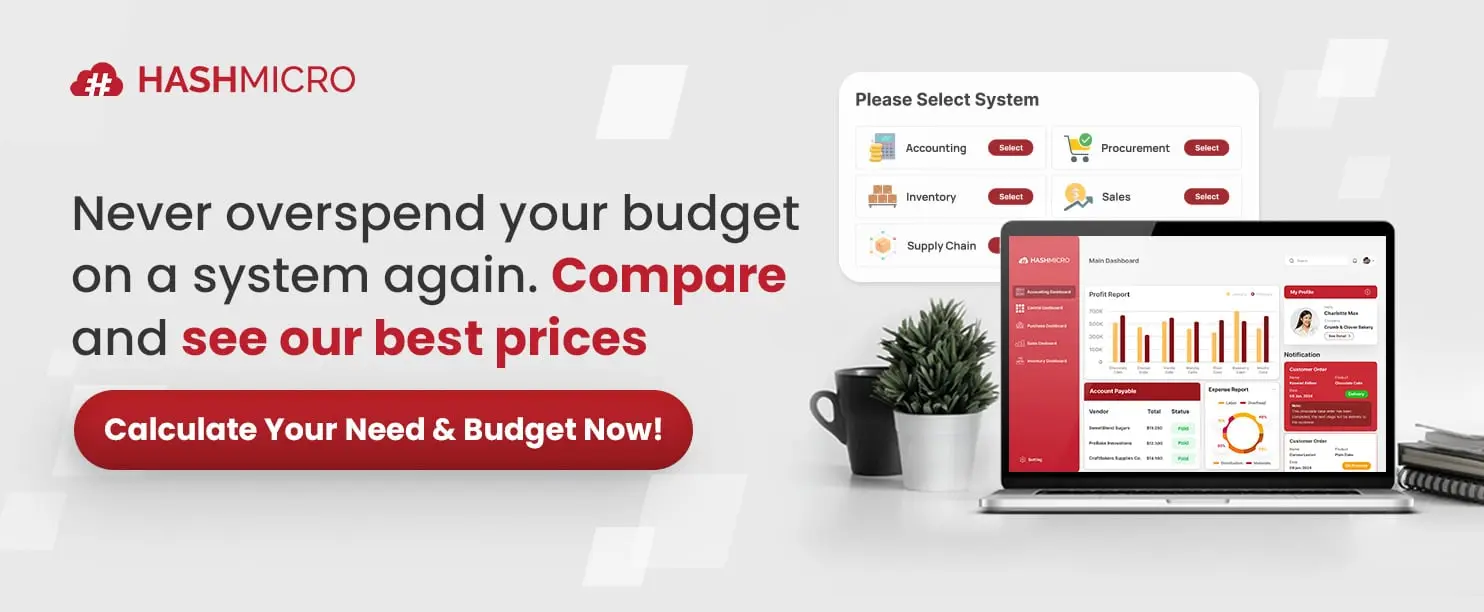
Conclusion
Mastering palm oil manufacturing requires balancing efficiency, quality control, and sustainable practices. Understanding each stage and its challenges is crucial for improving productivity and profitability.
The future of the industry lies in smart technology integration for transparent and responsible operations. HashMicro Manufacturing Software provides the tools needed for this digital transformation.
Investing in the right systems ensures long-term growth and operational excellence. See how our solution can help by trying a free demo today.

FAQ About Palm Oil Manufacturing
-
What are the main products of palm oil manufacturing?
The two main products are Crude Palm Oil (CPO), extracted from the fruit’s flesh, and Palm Kernel Oil (PKO), extracted from the seed or kernel. Byproducts include palm kernel cake, empty fruit bunches, and fiber, which are often repurposed.
-
Why is sustainability a major challenge in the palm oil industry?
The industry faces global pressure to prevent deforestation, protect biodiversity, and ensure fair labor practices. Meeting certification standards like RSPO requires full traceability and adherence to strict environmental and social protocols, which can be complex and costly to implement.
-
How does an ERP system help in palm oil manufacturing?
An ERP system integrates all aspects of the manufacturing process, from raw material intake to finance. It provides real-time data on production, inventory, and costs, enabling better decision-making, improved efficiency, and enhanced traceability for compliance.









